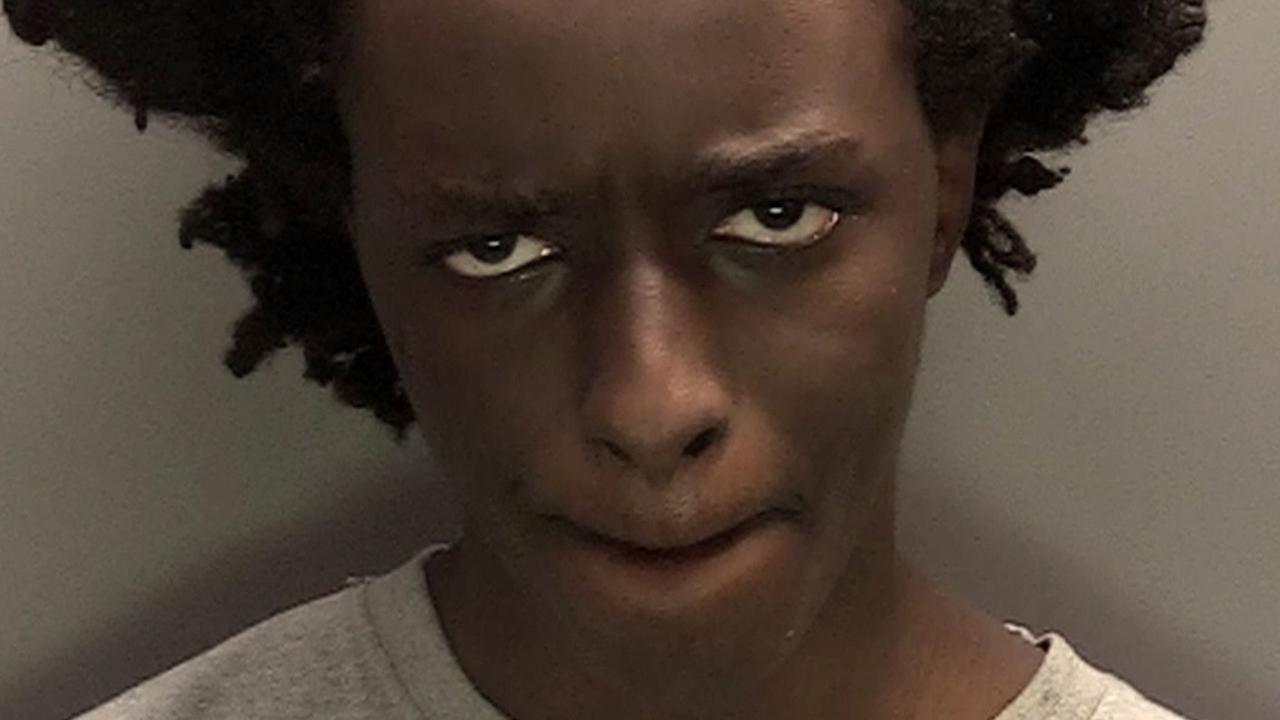‘I bet they’re nervous’: Making a Murderer 2’s new evidence
CONVICTED killer Steven Avery undergoes a “brain fingerprinting” test providing “very powerful evidence” of his innocence in just one development in the new series of true crime sensation Making a Murderer.
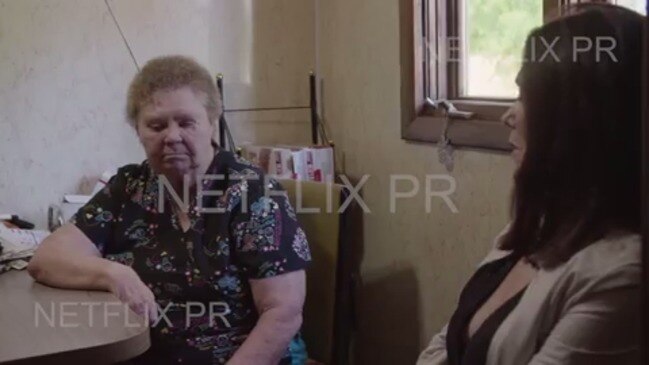
Crime in Focus
Don't miss out on the headlines from Crime in Focus. Followed categories will be added to My News.
THE defence lawyer representing convicted murderer Steven Avery in his appeal to have his conviction overturned is confident she has uncovered enough new evidence to unsettle police.
“I bet they’re nervous,” lawyer Kathleen Zellner tells Avery’s mother, Dolores, in an exclusive promo video from the hotly anticipated season two of Making a Murderer.
The acclaimed Netflix documentary series caught the attention of true crime fans in Australia and around the world when it launched at the end of 2015, with its 10-year investigation into the life of Steven Avery and his teenage nephew, Brendan Dassey, both convicted for the 2005 murder of Teresa Halbach at the Avery car yard in the midwestern US state of Wisconsin.
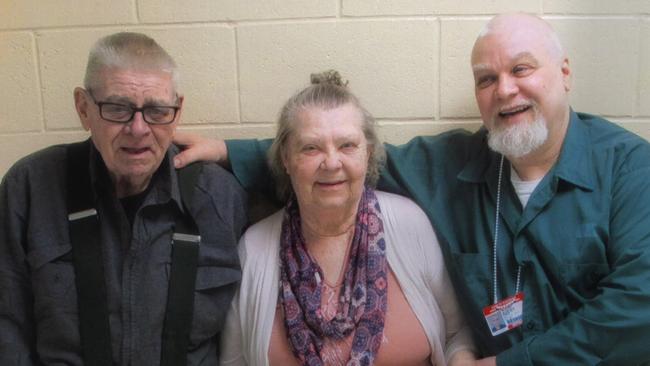
Avery’s story was particularly unique as prior to the Halbach case, he was wrongly convicted for the sexual assault and attempted murder of Penny Beernstseen in 1985, serving 18 years before he was exonerated by DNA testing and released.
Part two of the true crime documentary series picks up as Avery and Dassey continue to fight for their convictions to be overturned and offers insights into their lives inside.
The most notable addition to the new series is formidable defence attorney Kathleen Zellner, who has a trailblazing reputation for exonerating 19 wrongfully convicted men.
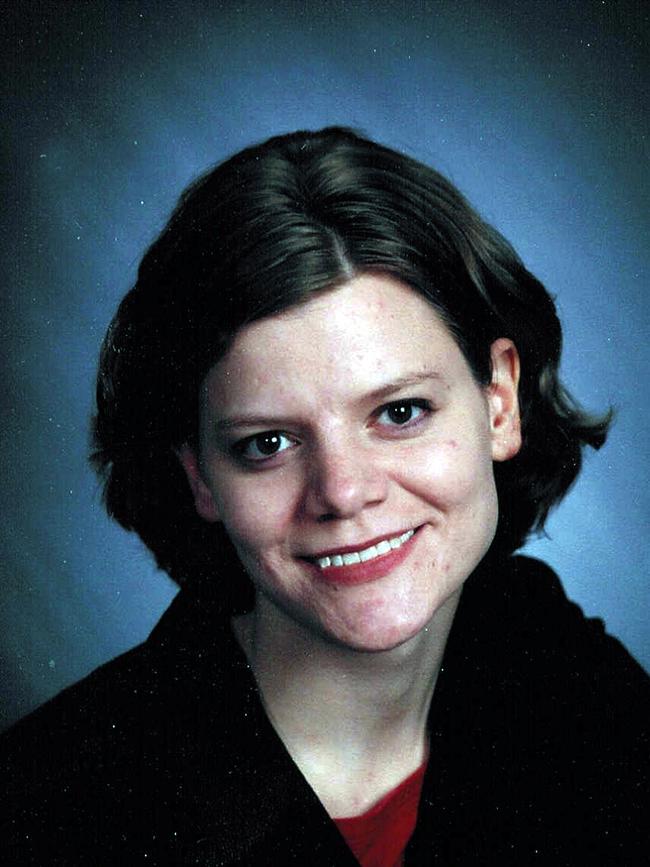
Zellner launches her own investigation into the facts of Avery’s case to produce new evidence and disprove the prosecution’s case.
“I think we know about everything, so much more about how this happened than what they knew at the trial,” says Zellner.
True Crime Australia: How three very different crims gave themselves away
‘He’s innocent’: Aussie defence lawyer haunted by murder conviction
BLOOD IN THE CAR
Central to the prosecution’s case against Avery was DNA evidence found in the car of murder victim, Teresa Hallbach.
“I think the blood stains in the car are probably the biggest piece of evidence against Steven Avery in the whole case,” says Zellner.
The prosecution’s case hinged on the fact Avery claimed he had never been in Hallbach’s car, however, his blood was found in the vehicle.
But Zellner believes the blood may have been planted by police.
To test the argument, Zellner buys a car identical to the RAV4 driven by Hallbach.
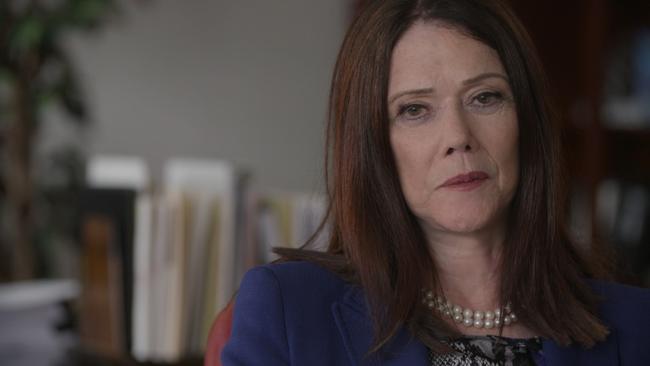
She enlists the help of blood stain pattern expert, Stuart James, to test whether Avery could have legitimately deposited blood in the vehicle from a cut on his finger, as the prosecution claimed.
During the trial, prosecutor Ken Kratz told the court Avery left blood in six different places in the vehicle due to an actively bleeding cut on his hand.
However, when Zellner and associates re-enact the scene as described by Katz, they deem it impossible Avery could have left blood in the places it was found.
“Given these separate locations it’s inexplicable how an actively bleeding person could deposit the blood in this way,” says forensic pathologist Dr Larry Blum.
“So what does that tell me?” Zellner poses.
“Once I uncover one lie like that I know there’s a whole lot more lying going on.
“All of this blood testimony is just a complete lie.”
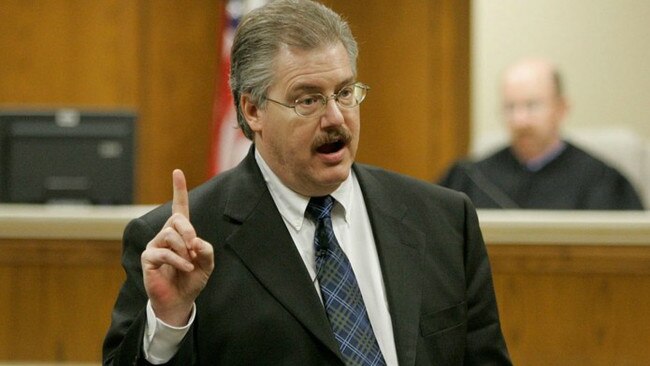
DASSEY’S CONFESSION
According to Laura Nirider, Brendan Dassey’s post conviction lawyer, the confession of 16-year-old Dassey was coerced by police.
“Why would someone falsely confess to a crime they didn’t commit, especially one as horrific as this one?” Nirider asks during a lecture at the Northwestern Pritzker School of Law.
“The reality is that the work of organisations like the Centre for Wrongful Convictions and the Innocence Project have uncovered hundreds of proven false confessions. We know that false confessions are the most common cause of wrongful convictions,” she says.
Nirider argues that aspects of Dassey’s demeanour may have led the police interrogating him to wrongly peg him as being untruthful
Those behavioural characteristics include Dassey slouching during the interview, his answering questions with his hand covering his face and his inability to make consistent eye contact with police.
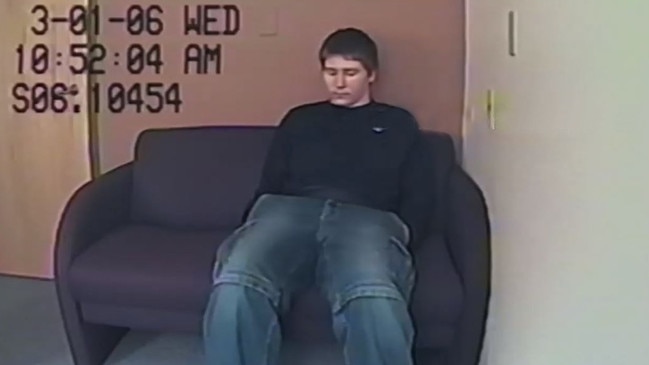
Police are trained to look for these signs as indicators that someone is being dishonest but Nirider believes Dassey’s demeanour is actually indicative of his social awkwardness.
“His inability to interact with other people is limited but of course it feeds right into these false narratives officers are trained in. Someone who can’t make eye contact — it must mean they’re lying, it must mean they’re guilty,” Nirider challenges.
“The case against Brendan Dassey, there’s no scientific evidence pinning him to this crime. The case against Brendan Dassey is words and words only.”
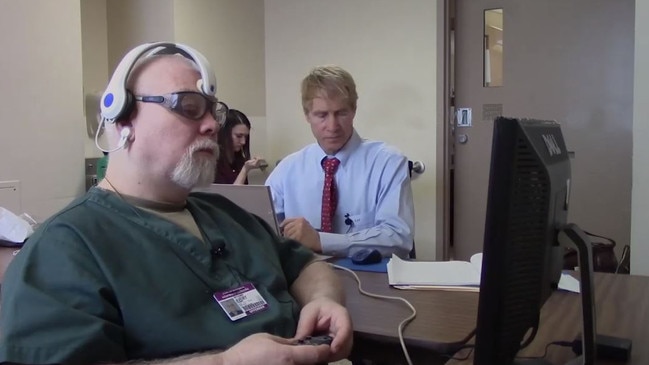
BRAIN FINGERPRINTING
Making a Murderer 2 sees Avery undergo a “brain fingerprinting” test.
The technology developed by forensic neuroscientist Dr Larry Farwell uses brain waves to analyse the “uh-huh” moment of recognition.
When the brain recognises information it produces a murmur that can be analysed.
This information can be used by scientists in forensic cases to determine whether a suspect knows details of the crime that only the true perpetrator would know. The new, sophisticated technology is used by the US navy and FBI.
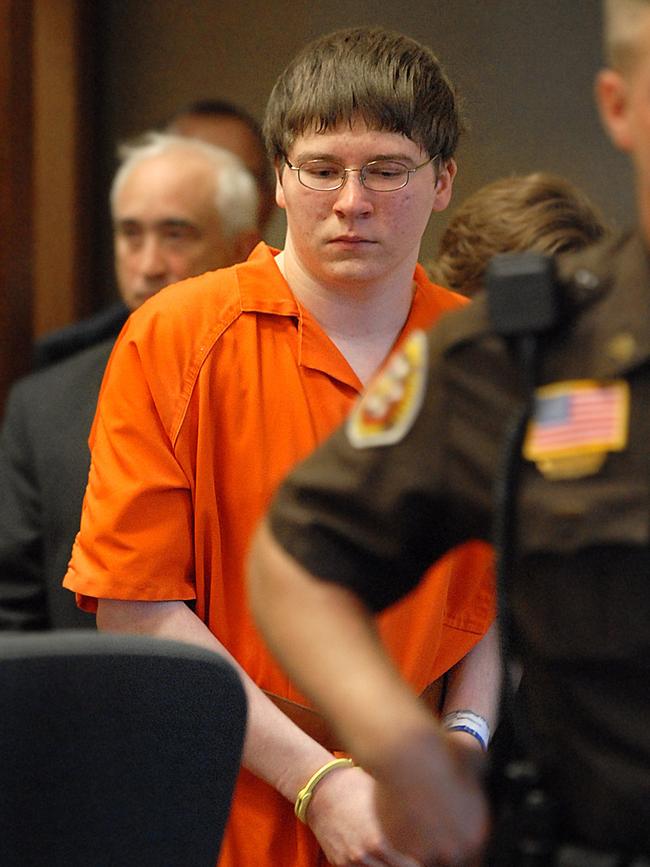
Avery enthusiastically put himself forward for the test in which he was presented with three types of stimuli — things he knows, things that are irrelevant, and things only the killer would know — to measure his brain’s response.
Over two days and 13 hours of testing, the results showed Avery did not respond to information only the perpetrator of the Hallbach murder would know.
“The question we were asking scientifically is do you know those details of the crime that nobody ever told you but the person who did it definitely knows,” Dr Farwell explains to Avery.
“According to your brain you don’t know what happened when she was murdered. So this is very powerful evidence that in fact you’re innocent in the crime.”
FOLLOW: True Crime Australia on Facebook and Twitter
Originally published as ‘I bet they’re nervous’: Making a Murderer 2’s new evidence

